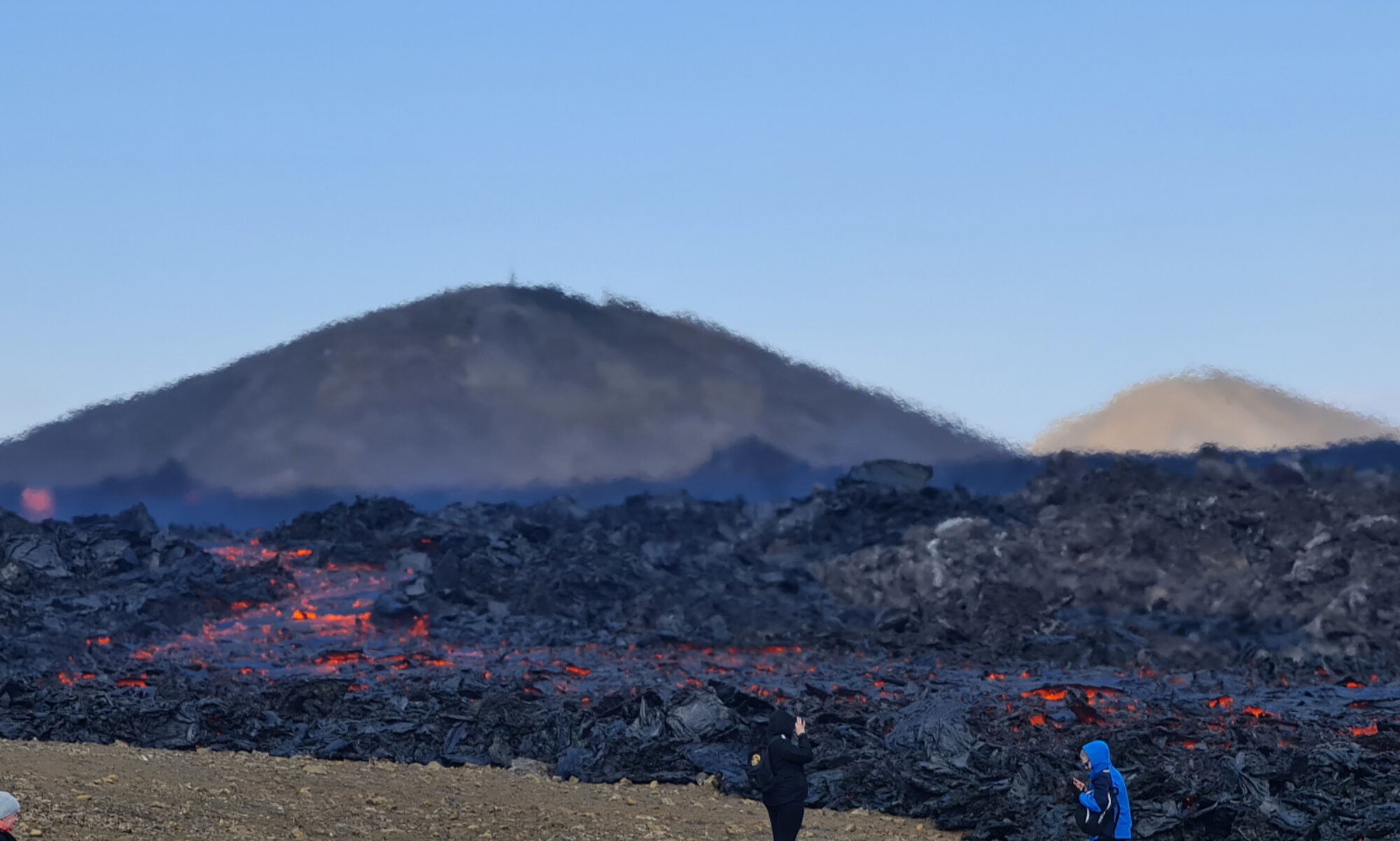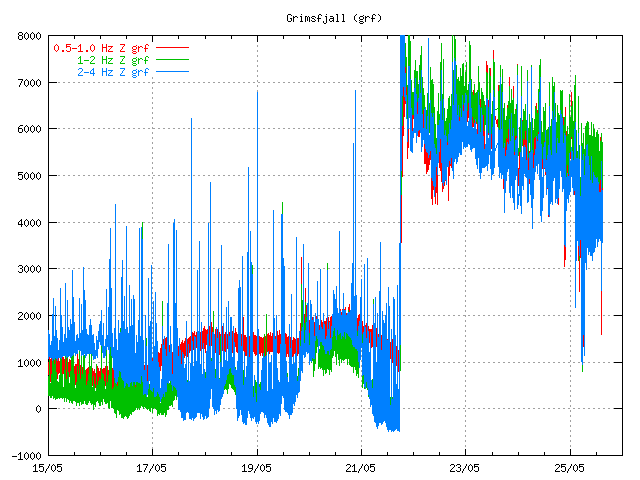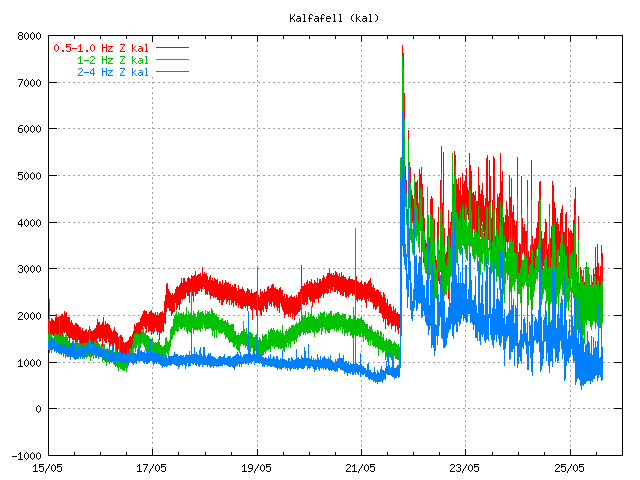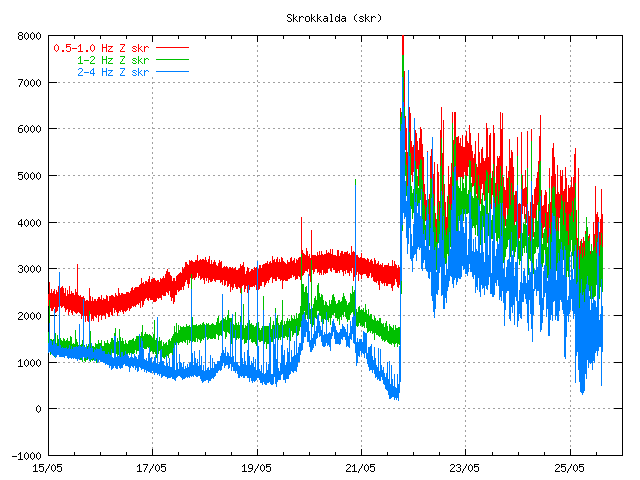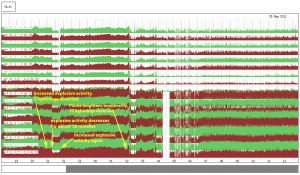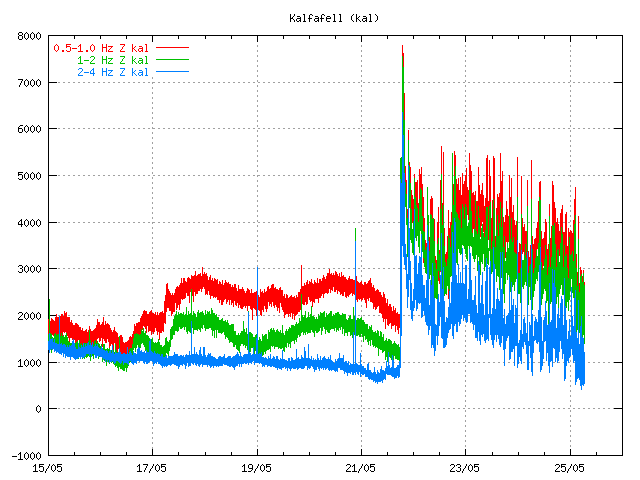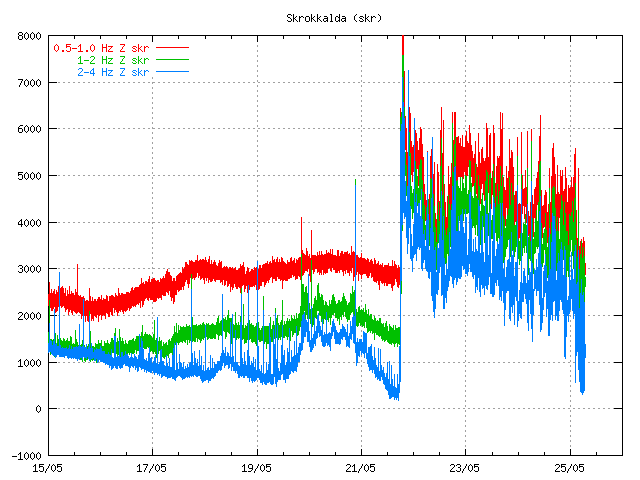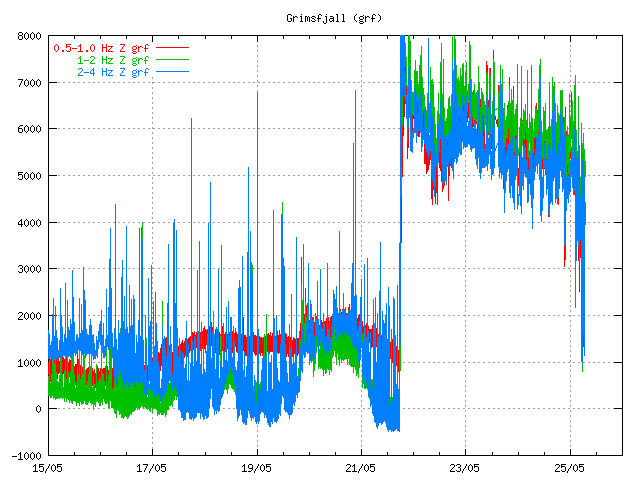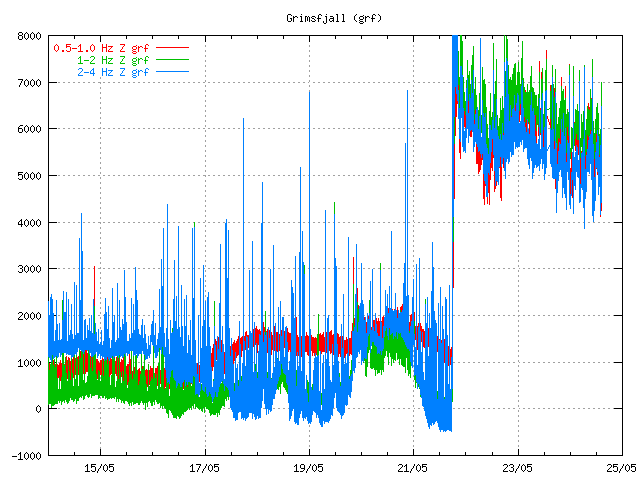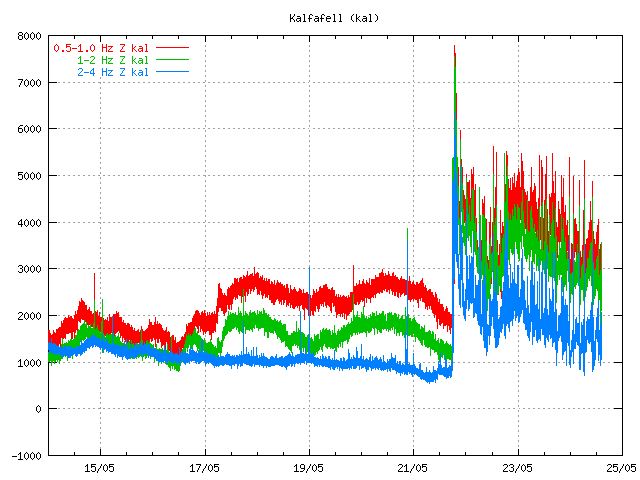While the activity has almost stopped in Grímsfjall volcano, but there are still explosions taking place in Grímsvötn lake where the eruption took place due to magma going up, explosions take place all over the fissure at random times. That makes travelling to this area really dangerous thing to do. Ash fall is still taking place in Grímsfjall volcano when explosions take place. But the ash fall is limited to the local area in Grímsfjall volcano. Because of this, the official word is that the eruption is not yet over. Even if it just an small eruption at the moment. So far there is no data that suggests that new magma is currently flowing into Grímsfjall volcano. This is according to news in Icelandic media.
An new caldera (correct word?) has formed in the glacier close to the eruption site. But that suggests that a lot of heat is below in the glacier and is creating strong melt where this taking place. This is according to news on Rúv. But they don’t say where this glacier melt is taking place. But it can be assumed that this formation is somewhere close to the current eruption site. But when I know more about this location. I am going to update this post when I can.
Harmonic tremors pulses are still being detected from Grímsfjall volcano up to 200 km away from the volcano. Why they are still taking place while there is no eruption taking place is unknown to me. It is important to notice that currently the harmonic tremor is slowly dropping for now. But it might increase again without any warning. For now there is no way to know what this tremor means for Grímsfjall volcano.
Automatic GPS data from Icelandic Met Office tells an interesting story. According to this data (it might not be 100% accurate due to nature of GPS) Grímsfjall volcano has moved close to 320mm to the west, close to 350mm to the north, it has also lowered down about 250mm. This is major movement in Grímfjall volcano. To compare it with something, Eyjafjallajökull volcano only inflated about 60mm before it did erupt. This is many times more deflation that took place in Grímsfjall volcano then in Eyjafjallajökull volcano for example.
Earthquakes are still taking place SE and SSE of Grímsfjall volcano. There is no volcano at this location. So I am assuming that this are tectonic earthquakes taking place due to stress changes in the crust around Grímsfjall volcano. All earthquakes so far have been small but with the depth from 15 and up to 5 km.
Extra: According to new news (while I was writing this blog post). The Civil Emergency Authority in Iceland has lowered the alert level from danger level to alert level. News about that can be read here (Icelandic, mbl.is)
Icelandic News about this. Google Translate in an maze. It might work or maybe not.
Enn sprengivirkni í Grímsvötnum (Rúv.is, Icelandic)
Jarðeðlisfræðingur: Orðum ofaukið að gosinu sé lokið (Vísir.is, Icelandic)
